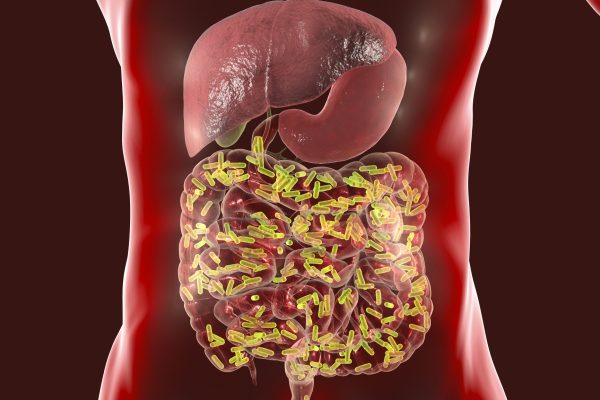
A new graft-versus-host disease (GVHD) prophylactic therapy involving post-transplant cyclophosphamide significantly reduced the GVHD risk among individuals who underwent reduced-intensity allogeneic hematopoietic stem cell transplant (HSCT). These findings were presented at the ASH annual meeting and exposition in 2022.
The standard regimen post allogeneic HSCT includes a combination of calcineurin inhibitor tacrolimus and methotrexate. Several approaches have attempted to improve the available option but have yet to succeed. Researchers at the University of Minnesota describe a new treatment regimen that observed improved clinical outcomes for adults undergoing HSCT.
Between June 25, 2019, and June 18, 2021, the phase II BMT CTN 1703 study enrolled 431 patients with hematologic malignancies undergoing reduced-intensity allogeneic HSCT. The participants were randomly (1:1) assigned to either receive cyclophosphamide, tacrolimus and mycophenolate mofetil (PTCy/Tac/MMF) (n = 214; median age, 66.1 years; range, 20.7-78.6; 62.6% men) or tacrolimus plus methotrexate (n = 217; median age, 66.3 years; range, 26.3-77.4; 58.1% men). The study’s primary endpoint was one year GVHD, disease relapse or GRFS (as grade III or grade IV GVHD, chronic GVHD requiring systemic immune suppression, disease relapse, disease progression or death due to any cause). The secondary endpoints were incidence and severity of acute or chronic GVHD, engraftment, disease relapse or progression, infections, transplant-related mortality, OS and patient-reported outcomes.
Post-HSCT treatment with PTCy/Tac/MMF led to a significantly higher adjusted 1-year GRFS rate of 52.7% vs 34.9% with tacrolimus-plus-methotrexate control. Further, the multivariate analysis observed reduced rates of grade 3 or 4 acute GVHD at day 100 (6.3% vs. 14.7%; P = .001) and chronic GVHD requiring immunosuppression at 1 year (12.5% vs. 25%; P = .001) in the PTCy/Tac/MMF group. Notably, the new treatment regimen did not significantly change the 1-year disease relapse/progression or OS rate than the control group. An increased number of grade 2 infections were observed in the PTCy/Tac/MMF group (33.7% vs 23.5%; P= .002), whereas the two groups had similar grade 3 infection rates. Treatment-related mortality was two and eight in the PTCy/Tac/MMF and control group, respectively.
These findings demonstrate that post-transplant cyclophosphamide, tacrolimus, and MMF should be standard GVHD treatment for individuals undergoing allogeneic HSCT.
Reference